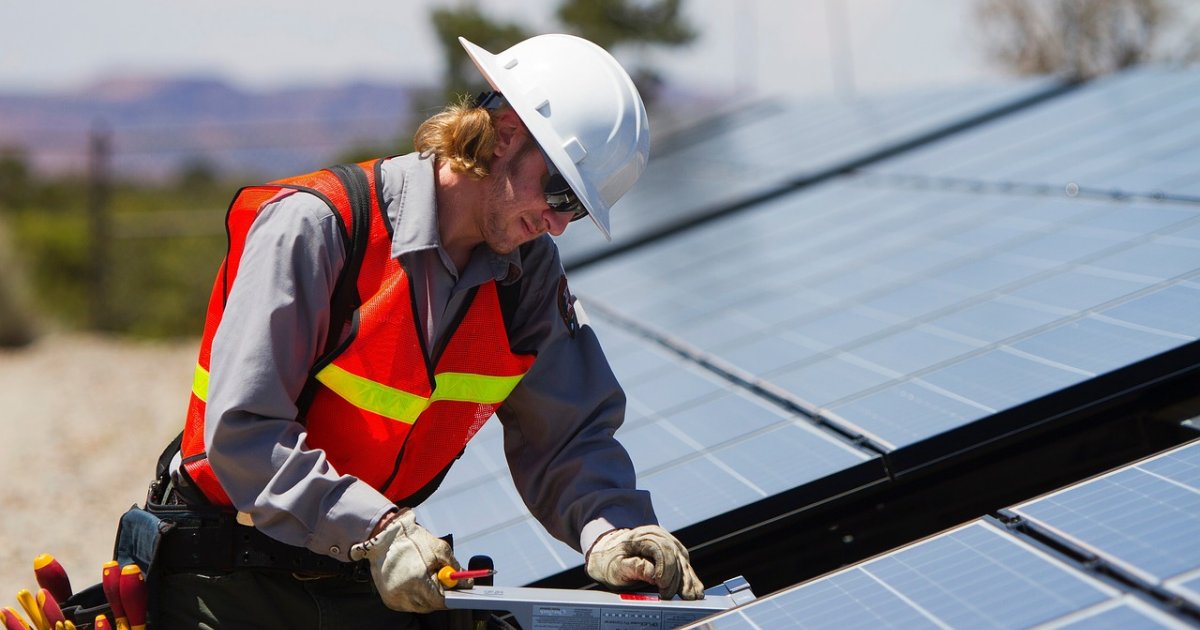
Image: 272447
Dubbo Regional Council has been scouting for suitable sites in the Wellington area to house solar farm construction workers – and their wallets.
The region surrounding the New South Wales town of Wellington is hot property for developers of large-scale solar farms. Around half a dozen major projects are in the pipeline for the region, including:
- Maryvale Solar Farm (125 MW)
- Wellington Solar Farm (174 MW)
- Wellington North Solar Farm (300 MW)
- Suntop Solar Farm (170 MW)
- Suntop Stage 2 Solar Farm (165 MW)
- Mumbil Solar Farm (140 MW)
.. so, approximately 1,074 MW of solar power capacity in total.
Big solar projects require big numbers of workers, but the town of Wellington, population around 4,000, isn’t geared to handle that sort of influx.
It’s looking as though the responsibility will be placed on developers to put accommodation in place at any of six sites so far identified. The Wellington Times reports:
“Now the research has been undertaken, Cr Grant said it could be utilised by any solar farm looking to set up temporary accommodation.”
Councillor David Grant hopes a temporary village will encourage solar farm workers to stay (and spend) locally. The town missed out when the gaol was built, with most of the workers staying outside of Wellington.
It’s going to cost developers a significant chunk of change to house workers and there may be additional costs. Around a year ago we mentioned Dubbo Regional Council was toying with the idea of getting developers to cough up more cash to address “community impacts”.
Solar Energy Large And Small Making Its Mark
In other solar news out of the Dubbo Regional Council LGA, we reported earlier this month Council has become a member of the Climate Council’s Cities Power Partnership (CPP) program. Among its CPP pledges is to install solar panels and battery storage at various Council assets (15 PV systems are already in place) and to gradually ramp up to half of its energy consumption being renewables-based by 2025.
Across the Dubbo Regional Council area, there were approximately 8,149 PV installations as at the end of September last year (source: APVI). Of those, 7,705 installs were under 10kW capacity, 444 in the 10-100kW range and zero above 100kW. With the completion of the six projects above, the LGA’s total solar capacity will go through the roof – as at September it was just 32.7MW.

 RSS - Posts
RSS - Posts



Speak Your Mind